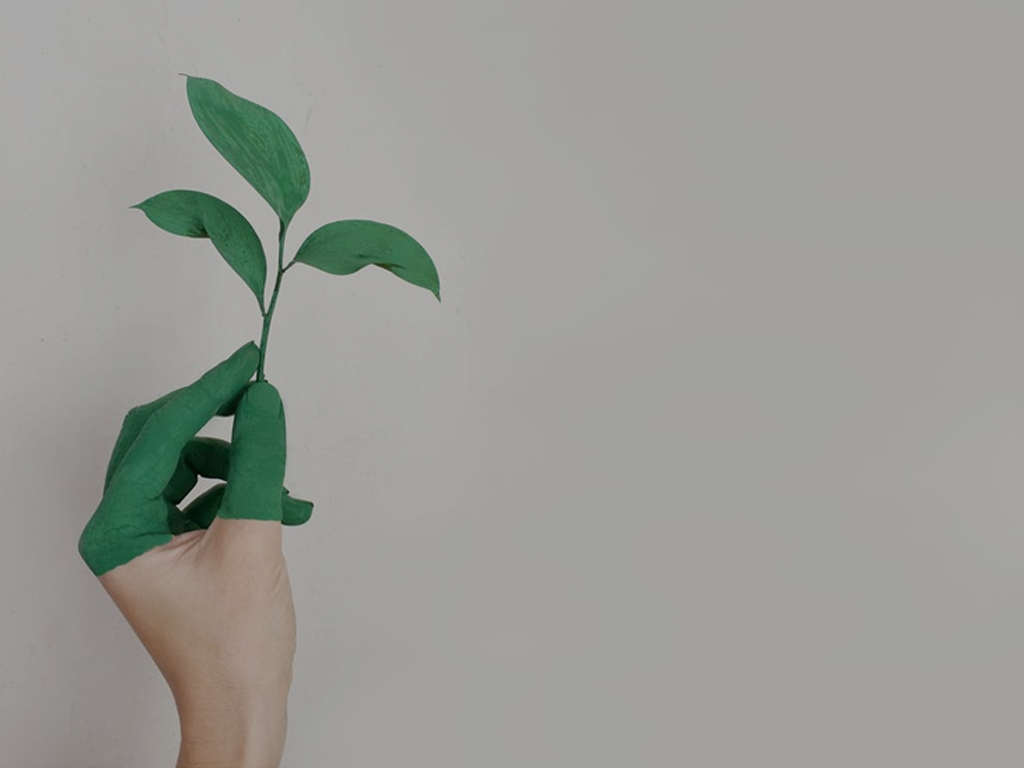

Sustainable fashion is a highly debated and increasingly covered topic in media today and at seminars worldwide. More and more clothing companies are transforming their business models and improving their supply chains to reduce overall environmental impacts, improve social conditions in factories, etc.
Sustainable fashion is partly about producing clothes, shoes and accessories in environmentally and socio-economically sustainable manners, but also about more sustainable patterns of consumption and use, which necessitate shifts in individual attitudes and behavior. However, there are many ways for fashion companies to offer more sustainable fashion, and for consumers to consume more sustainably.
The fashion industry has some truly major sustainability problems in its midst. By 2030, it is predicted that the industry’s water consumption will grow by 50 percent and the amount of waste generated would be at its peak. Many brands are using sustainable cotton initiatives to reduce water, energy and chemical use, new dyeing technology to reduce water consumption by up to 50 percent, as well as numerous energy and chemical saving schemes throughout the supply chain.
The industry is working to reduce the environmental footprint of its products. But the problem has now shifted to the consumption side- the insatiable appetite for fashion means people are buying more and more clothes. Since 2012, there has been an increase in the amount of clothing purchased. And not only are consumers buying more, the rate at which their clothing gets discarded is becoming increasingly quicker as they chase the latest fashion trends.
For many brands and designers as well as consumers, this has been a year of awakening. The “Fashion From Nature” exhibition opened the eyes of its visitors to some of the stark realities of the fashion industry, from how thirsty cotton is, to the hidden horrors of microfibres. It also highlighted some of the most innovative solutions, from spider silk and leather made from discarded grape skins to fabrics grown from bacteria. H&M’s current Conscious Collection has a leather jacket and cowboy shoes made using Piñatex, a leather-like material that is made from the leaves that are normally discarded in the production of pineapples.
Broadly, there are two perspectives of sustainability- of brands and that of consumers. For brands, this means creating in a way which is most considerate of humanity and the environment. For consumers, this means thinking about what they buy, knowing which philosophies they are supporting through their purchases, and also asking themselves if they are really going to wear that new piece to the extent that it was worth being made.
Most importantly, we could keep a few things in mind the next time we set up our wardrobe:
An alternative, radical approach may be to recognize that humans have always used fashion to satisfy emotional, egoistical desires. So, the challenge should be shifted from trying to control these primeval, irrational behaviors to finding a systemic and ethical approach to embrace them.
Whether one prefers to renew the wardrobe often or more sporadically, it is crucial to acquire new clothes that are manufactured in an environmentally, socially and ethically conscious manner.